The incidence of falls among older Canadians is alarmingly high, making it crucial to address this issue in retirement communities. Falls are not only a common cause of injury but also a leading reason for hospitalizations among seniors, with the numbers continuing to rise. Research suggests that approximately one in three individuals aged 65 and older will experience a fall at least once in their lifetime. The consequences of falls extend beyond physical injuries, often resulting in negative mental health outcomes such as fear, loss of autonomy, isolation, confusion, immobilization, and depression.
Identifying Primary Risk Factors for Falls
Several factors contribute to the risk of falling, with poor balance, the use of four or more prescription medications, and muscle weakness being the primary culprits. Seniors without these risk factors have a 12% chance of falling, while those with all three face nearly a 100% likelihood.
Key Considerations for Choosing Geriatric Footwear
When devising strategies to prevent falls, one critical aspect that is often overlooked is the importance of appropriate footwear for seniors. Affordable, comfortable, therapeutic, and orthopedic shoes can play a significant role in mitigating the risk of falls. By targeting retirement communities and facilities, businesses specializing in foot health care can promote their products and services while actively contributing to fall prevention efforts.
A thorough examination of seniors’ feet can also provide valuable insights into prevalent risk factors. Conditions such as swollen feet, unclipped toenails, calluses, sores between the toes, hammertoes, bunions, heel pain, corns, and arthritis can all compromise gait and affect balance.
When searching for suitable footwear for seniors, there are five essential factors to consider:
- Comfort: Comfort is paramount since uncomfortable shoes are unlikely to be worn. Footwear should protect feet from trauma while enabling seniors to remain active, thus preventing muscle atrophy and deterioration. Ultimately, this helps reduce the risk of falls.
- Weight and ease of use: Lightweight shoes allow seniors to walk for longer distances without fatigue, unlike heavy shoes that can quickly tire them out. Velcro closures with adjustable straps are preferable, as they facilitate easy donning and doffing of shoes.
- Heel strike and toe spring: The design of the shoe sole plays a crucial role in minimizing the risk of stumbling and tripping. Premature heel strikes and excessive grip on surfaces like carpets should be avoided to maintain stability.
- Toe box accommodation: A deep toe box made of stretchable and moldable materials can provide relief from conditions such as bunions, overlapping toes, hammertoes, rheumatoid arthritis, and hallux valgus.
- Affordability: Considering that the majority of seniors live on fixed budgets, the cost is a significant factor when choosing appropriate footwear. Aligning the price range with that of a good pair of running shoes justifies the investment in suitable footwear.
At Steady Gait Foot Clinic in Scarborough, we understand the importance of addressing the footwear needs of seniors at risk of falling, whether they are at home or outdoors. Our clinic offers an extensive range of shoes designed specifically for this purpose, ensuring that seniors can enjoy comfort, stability, and reduced risk of falls in their daily lives.
